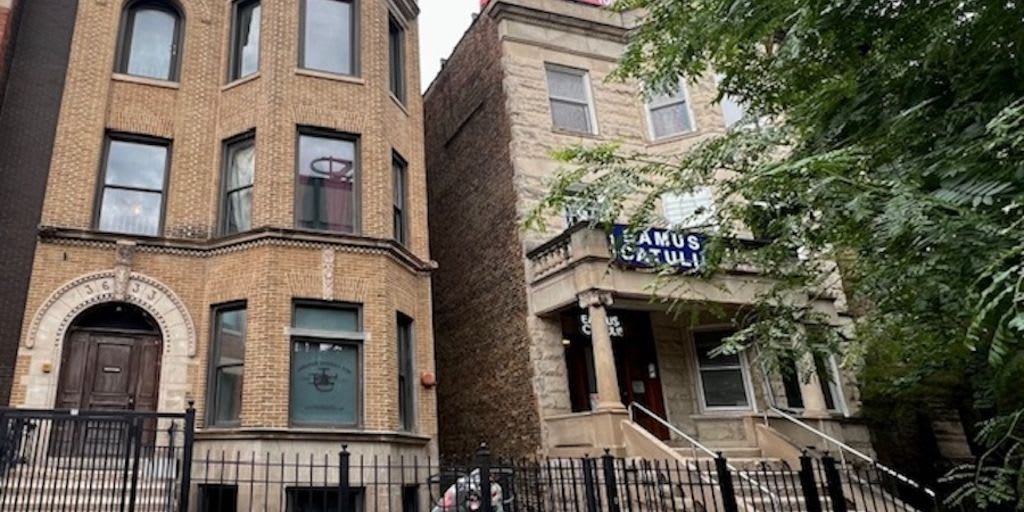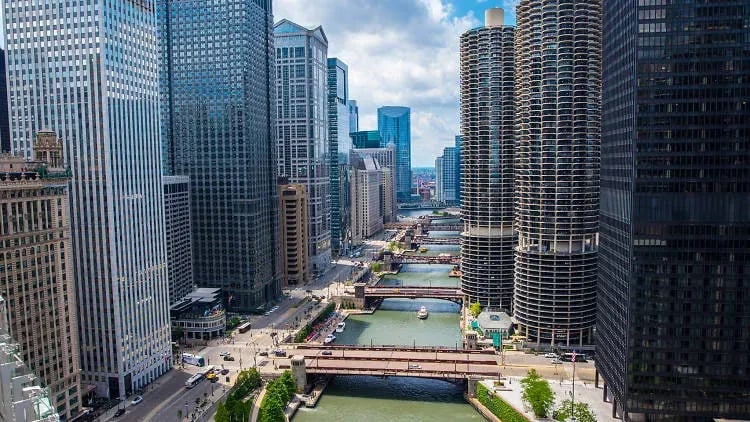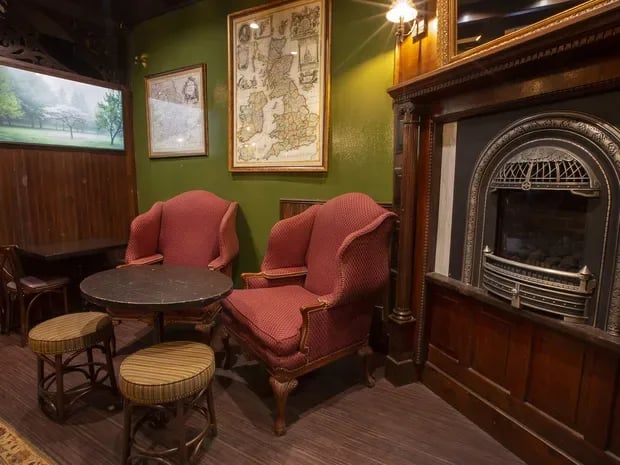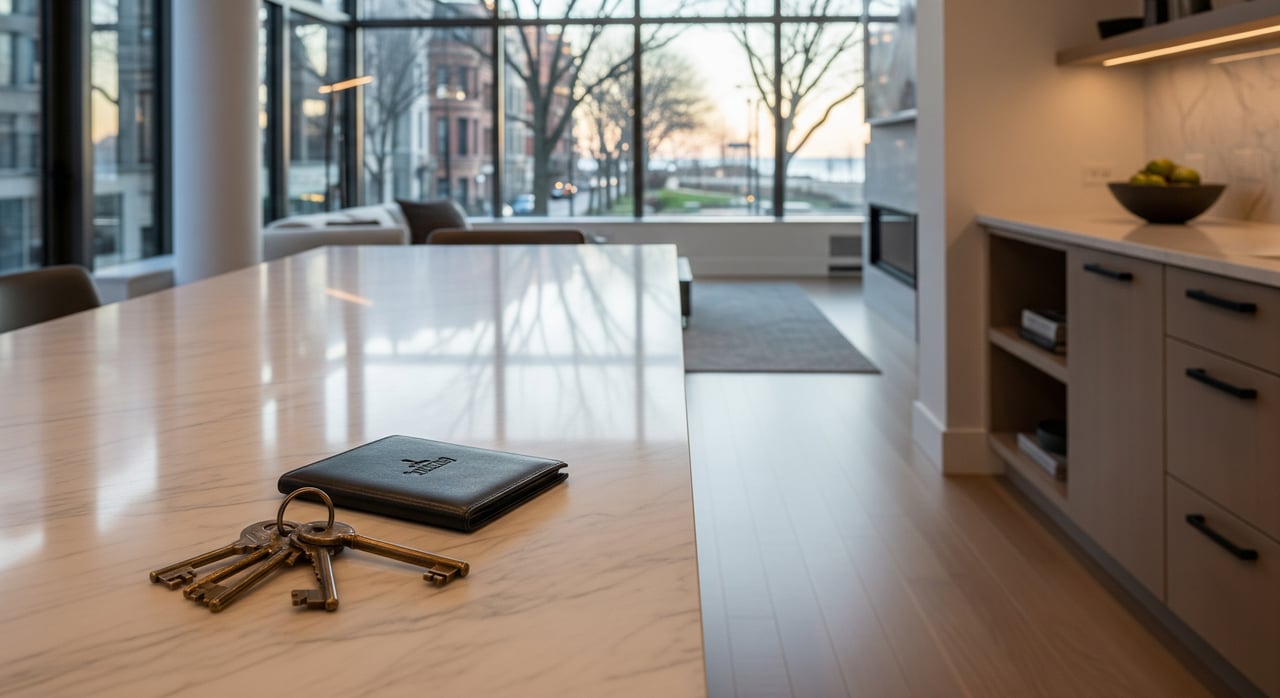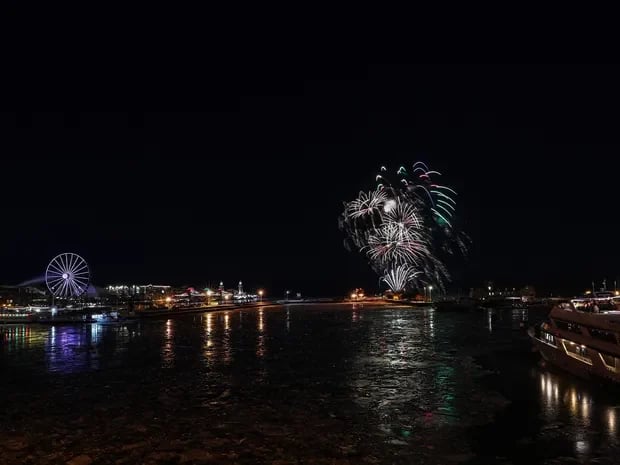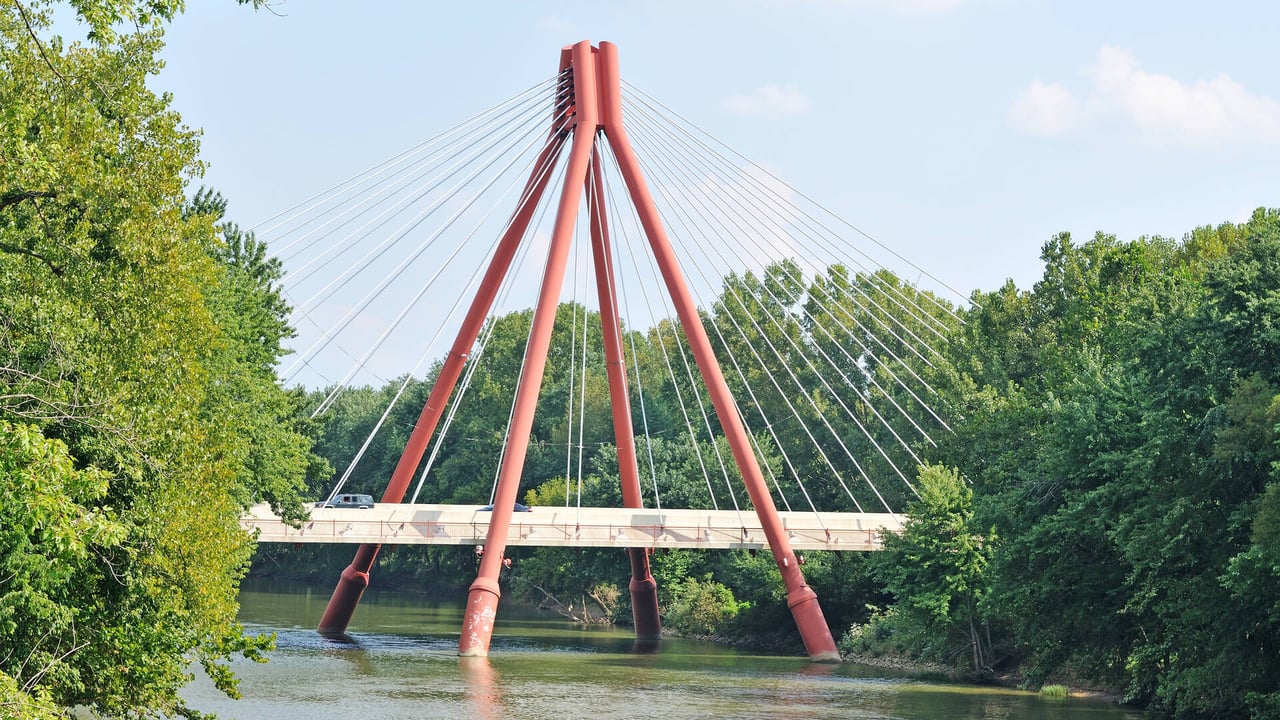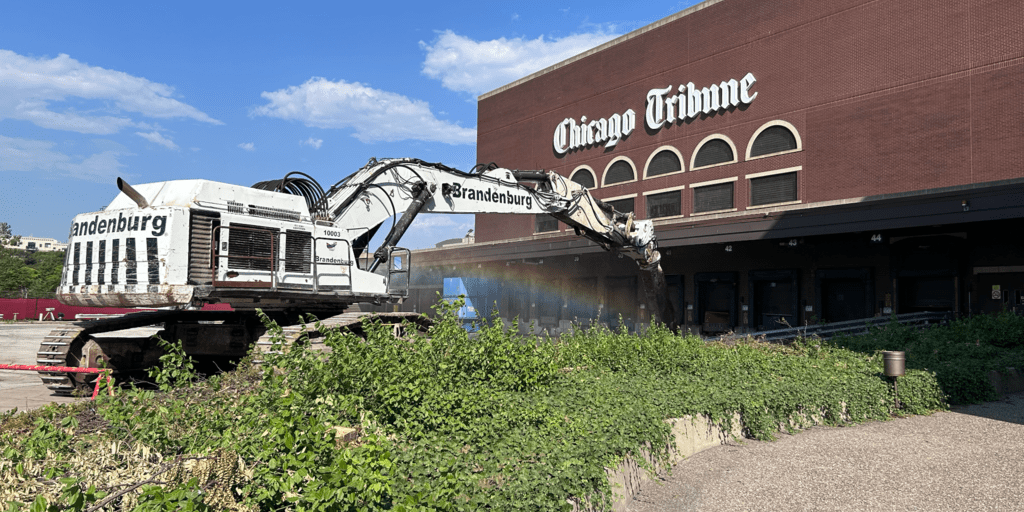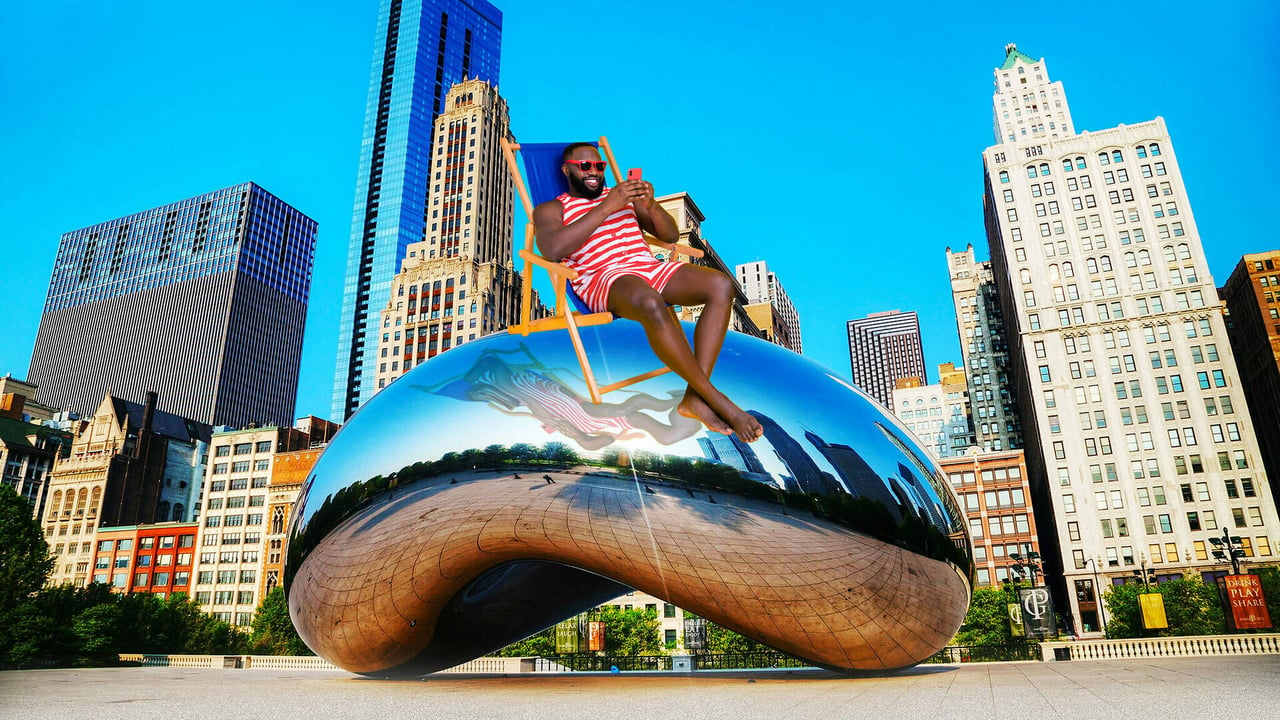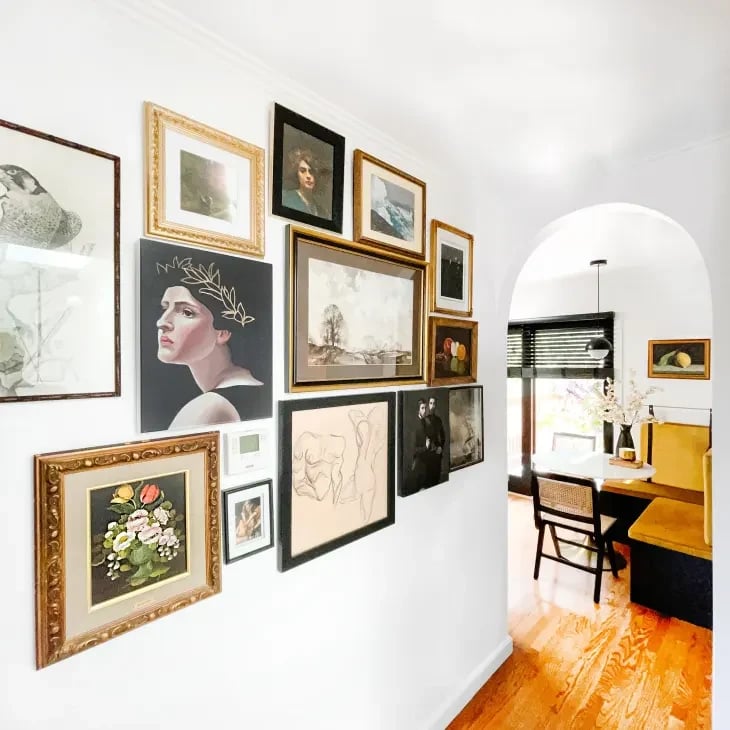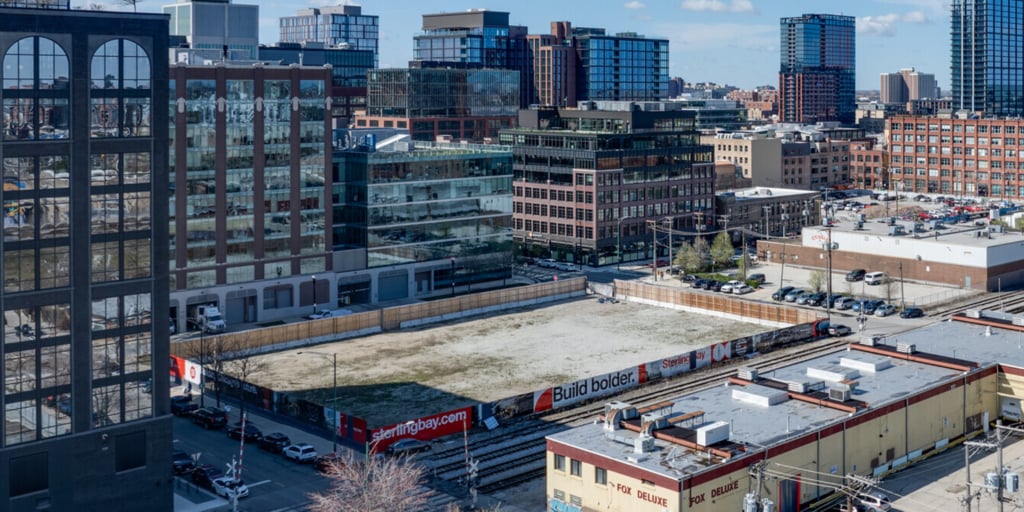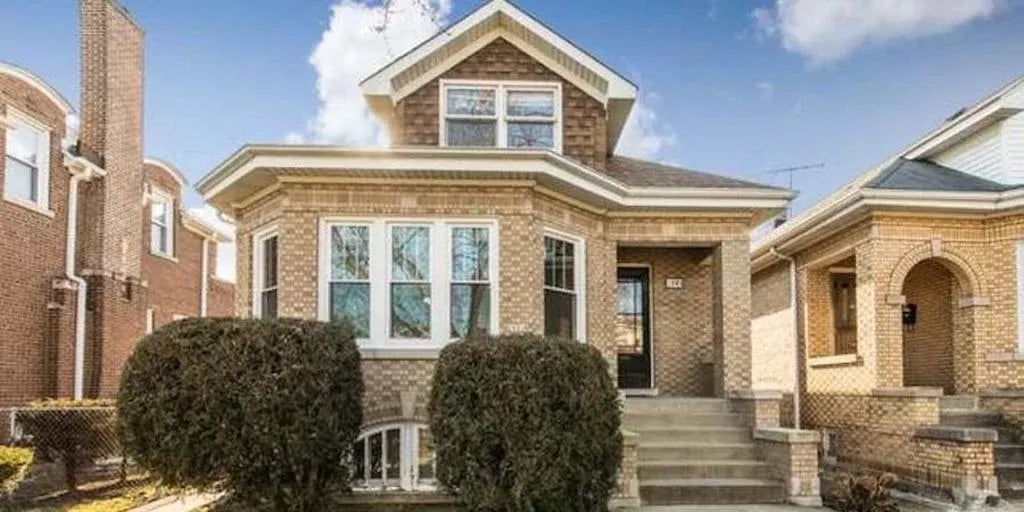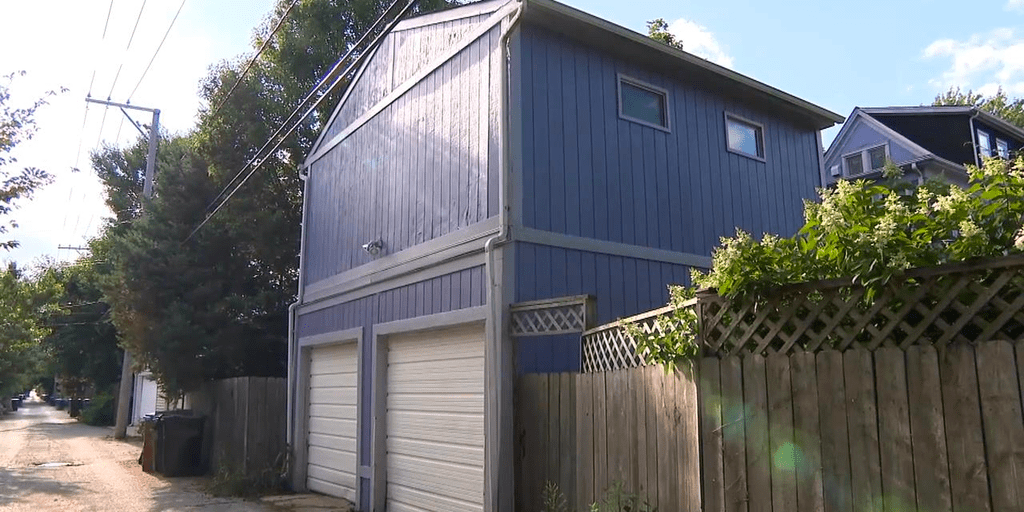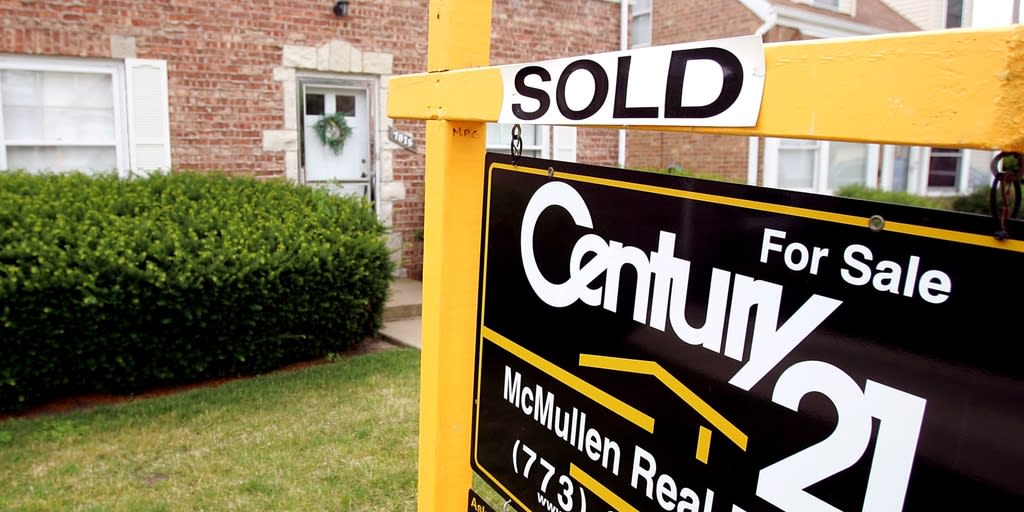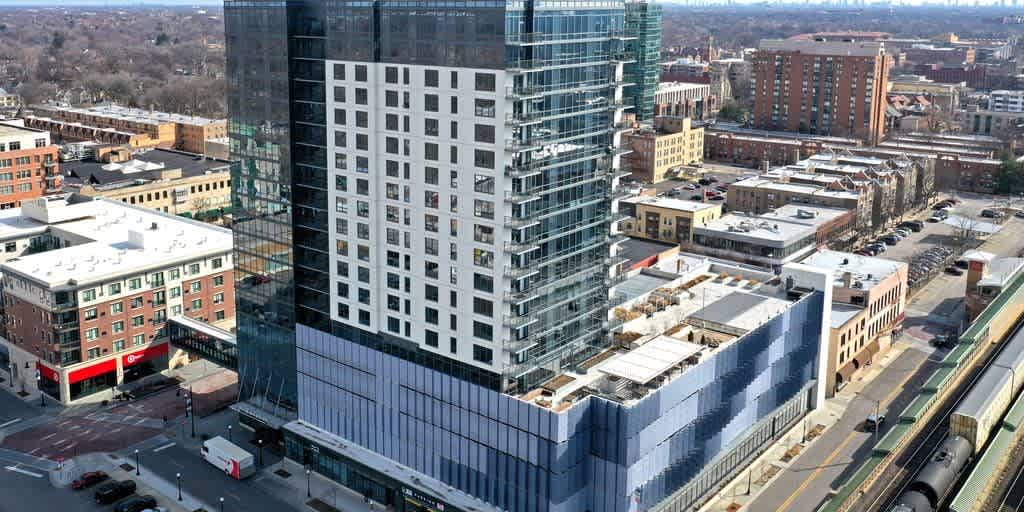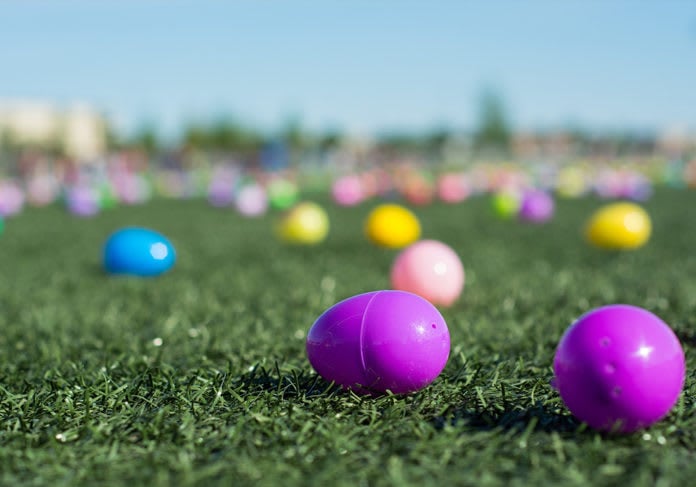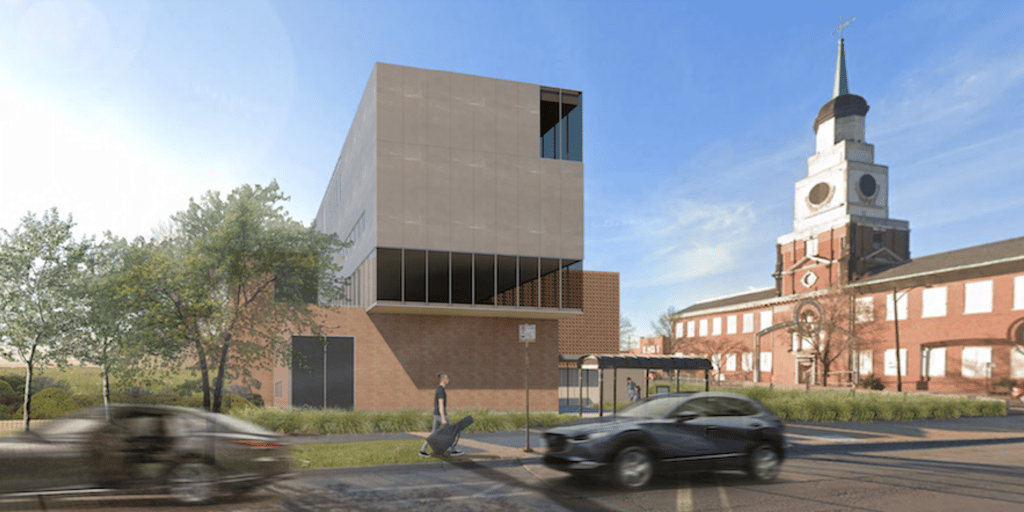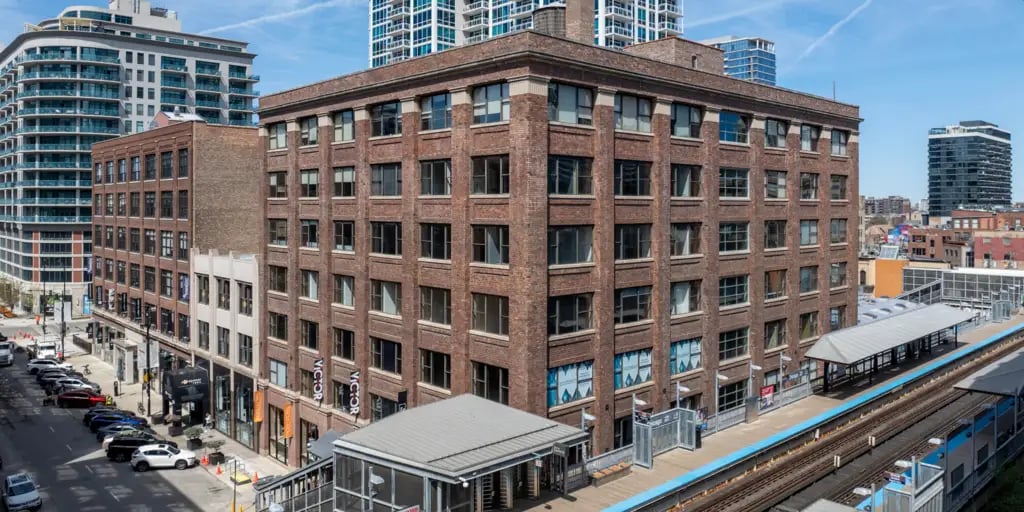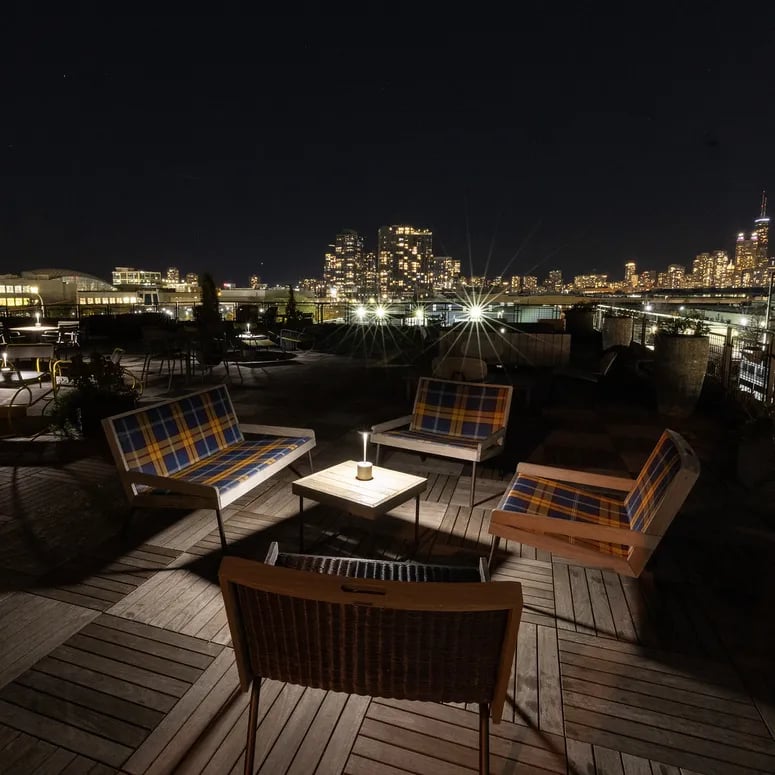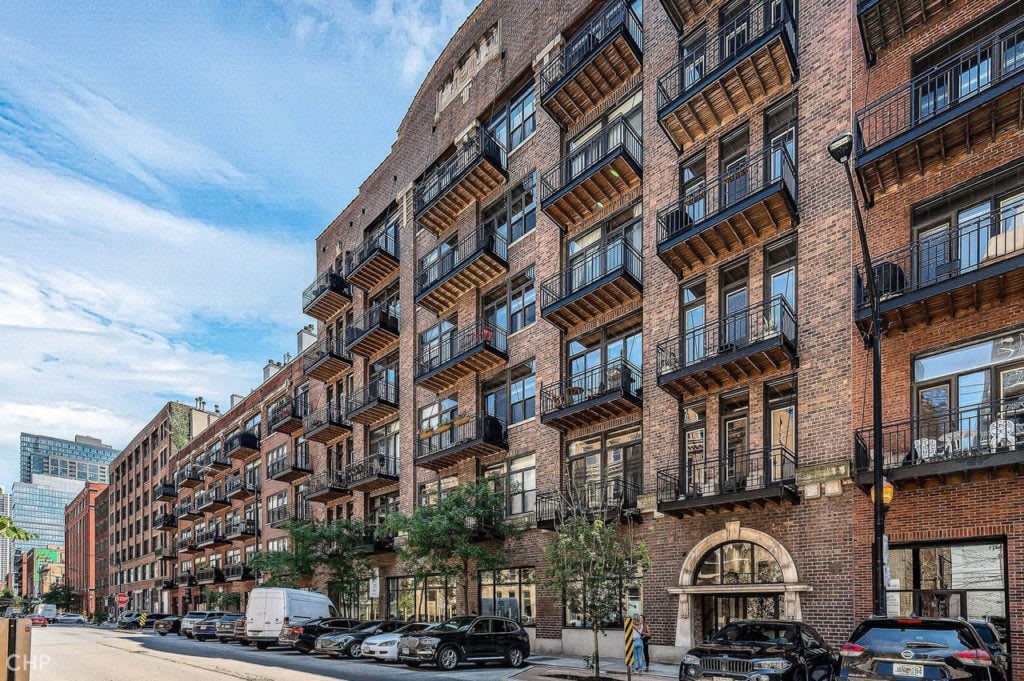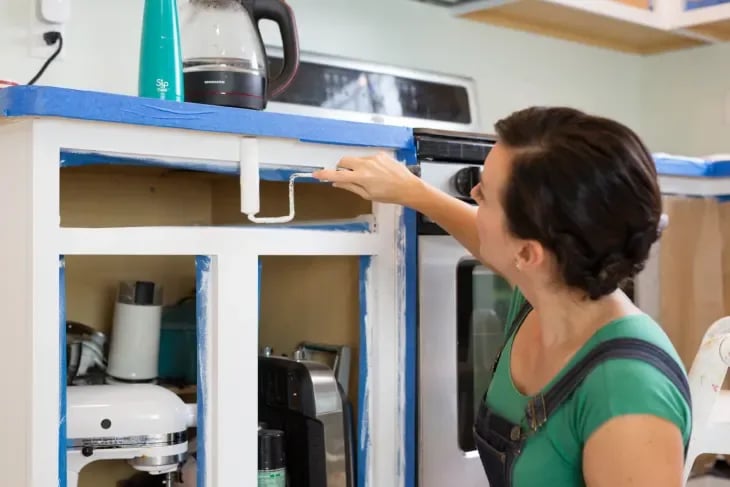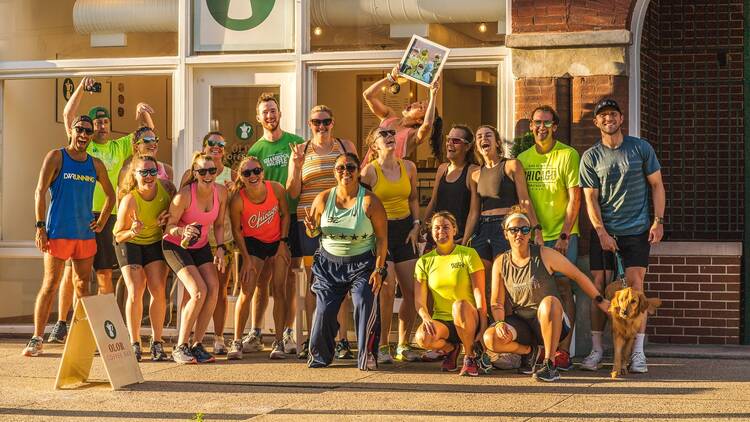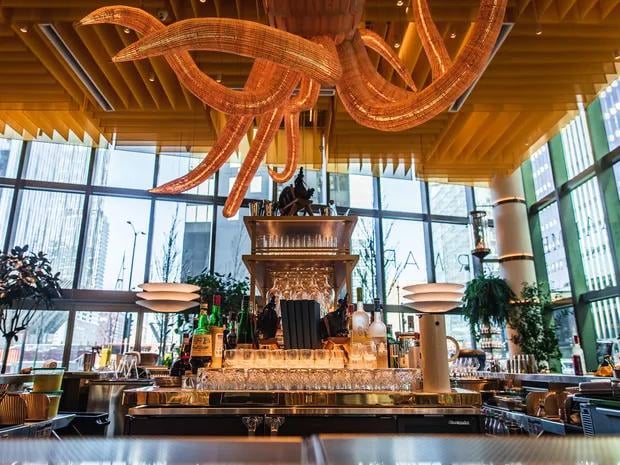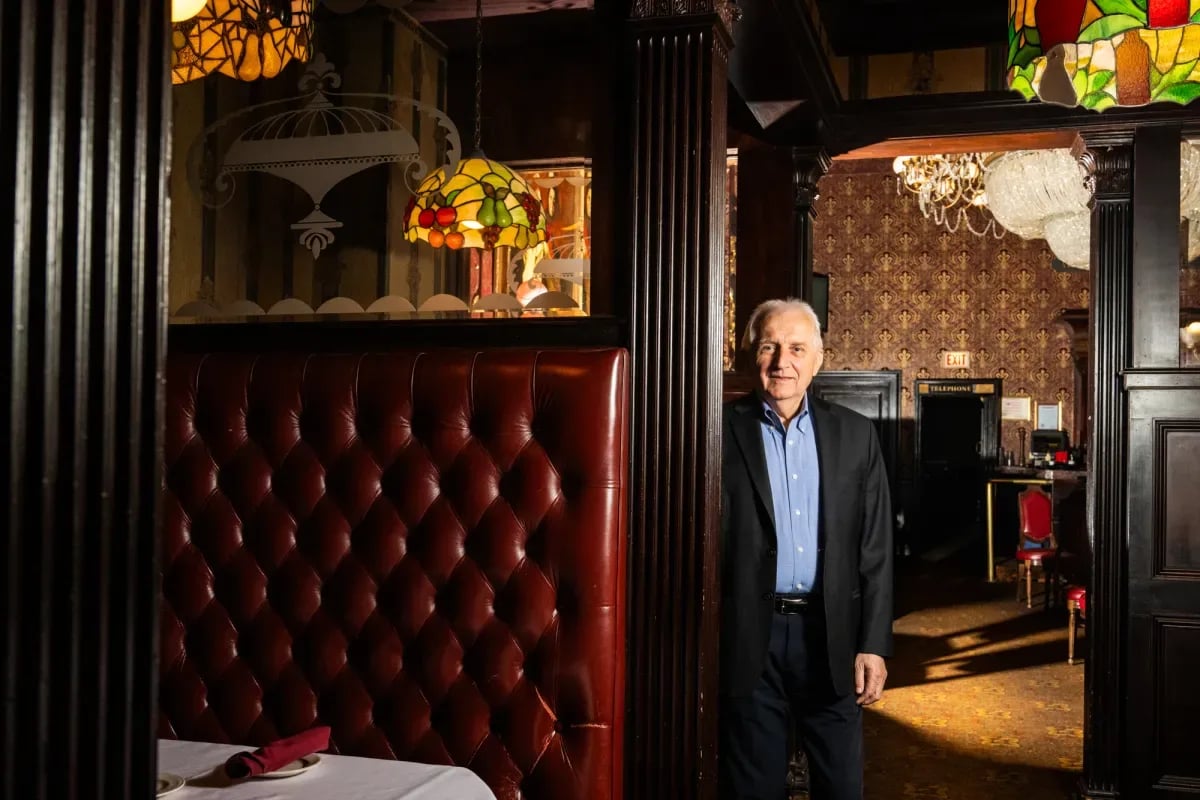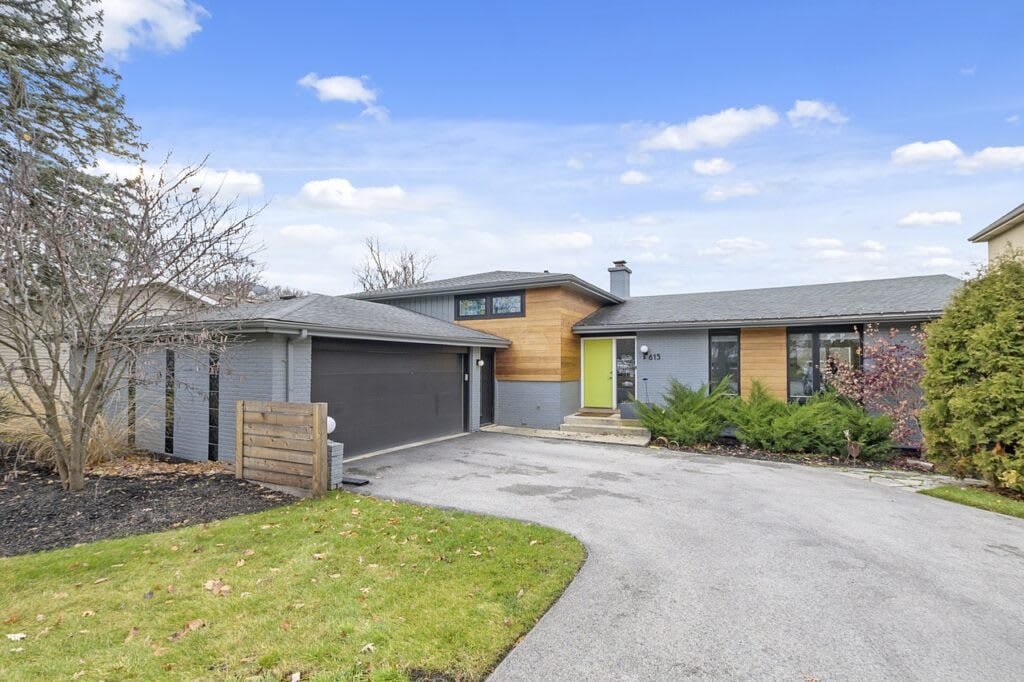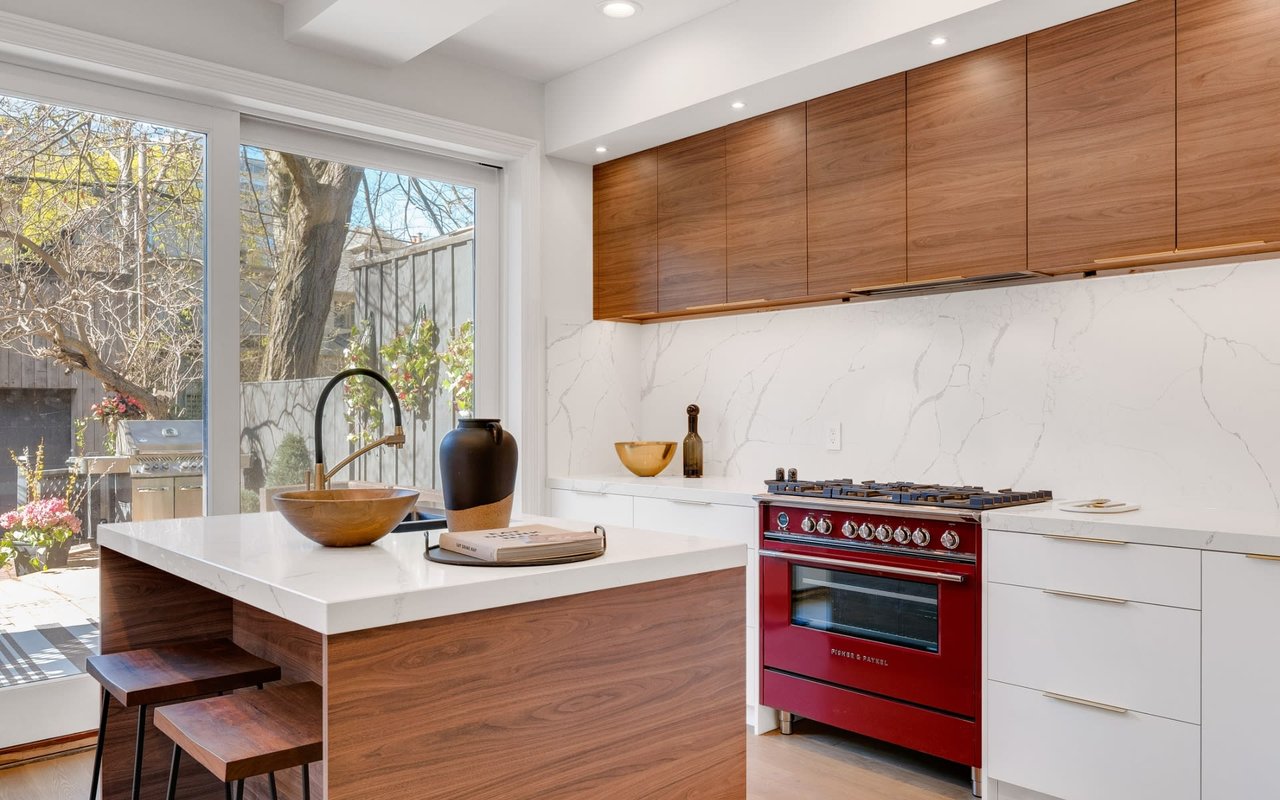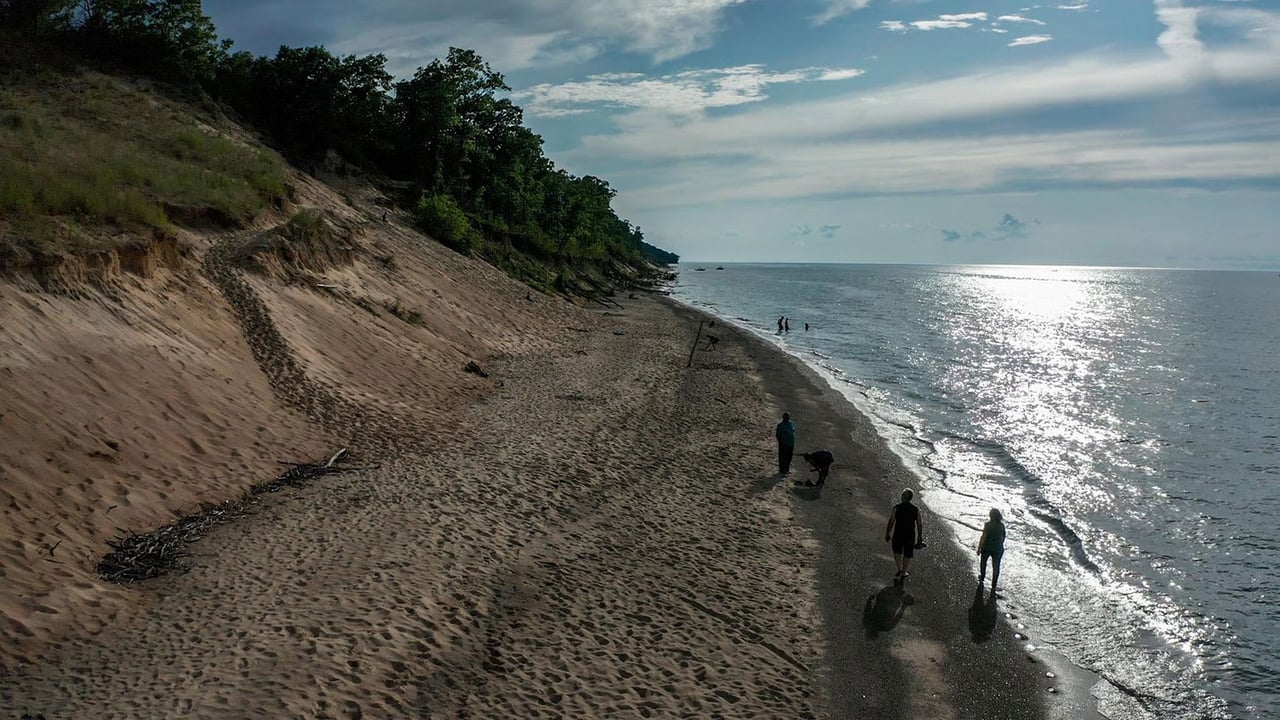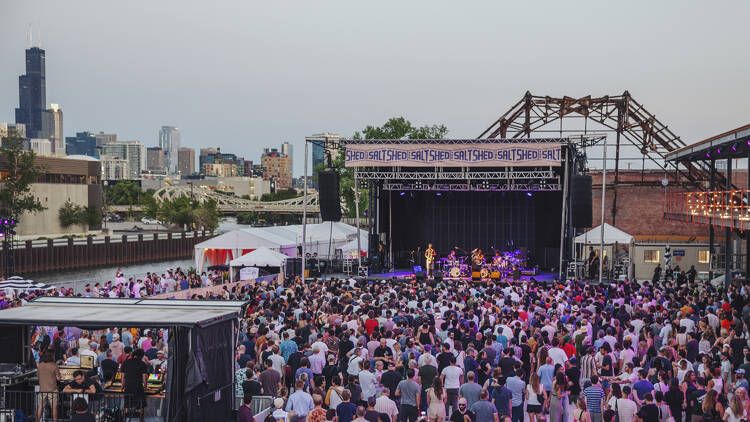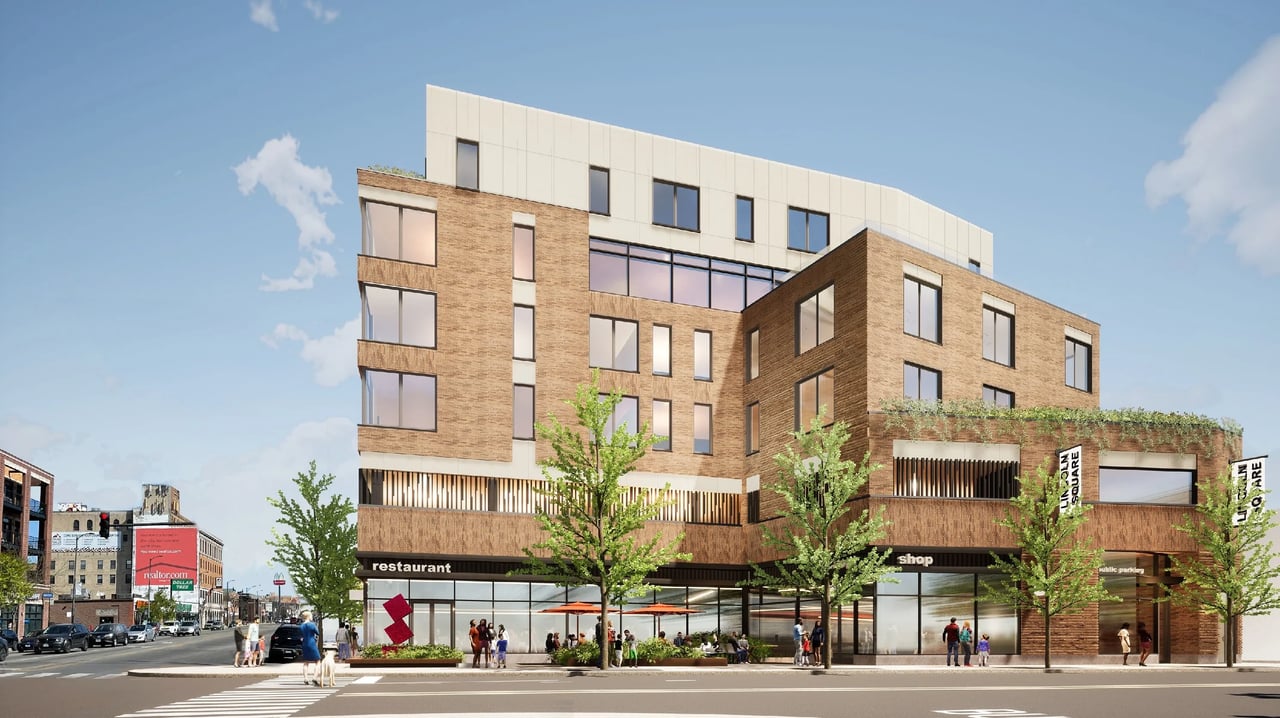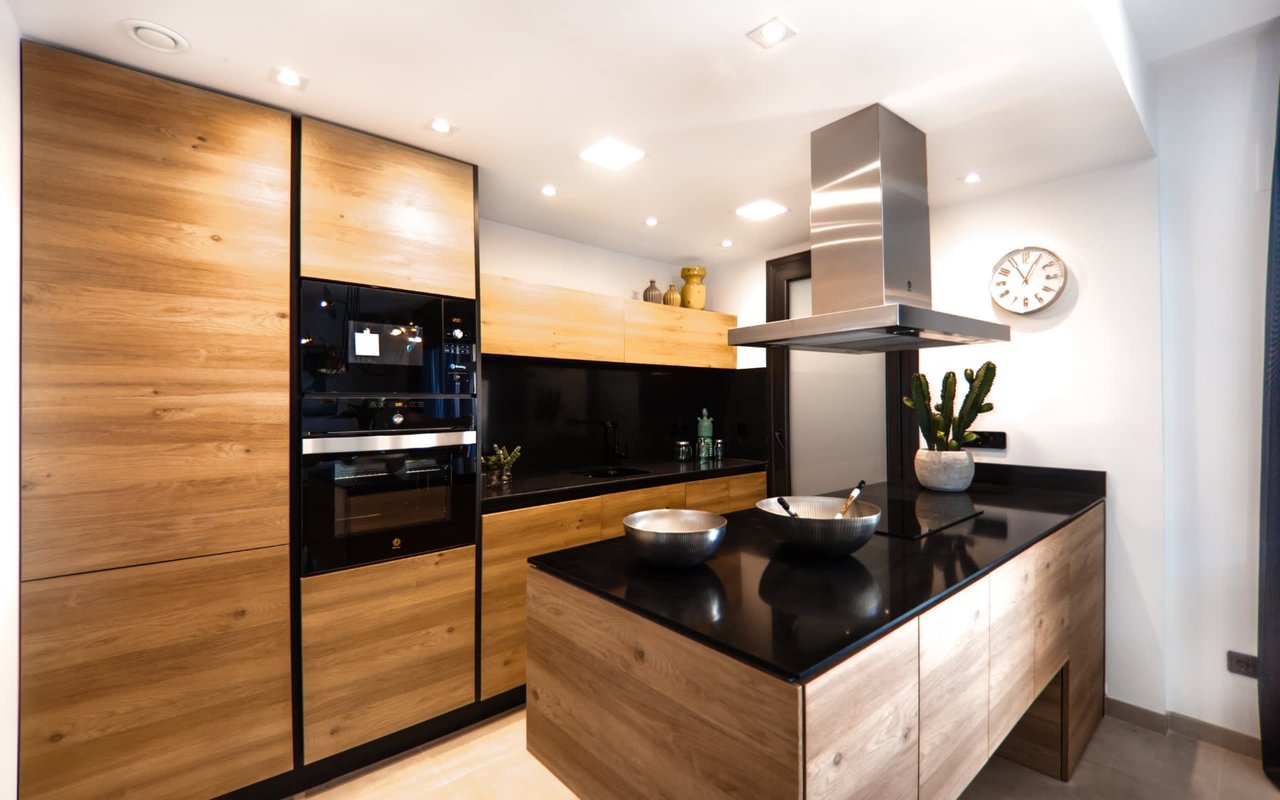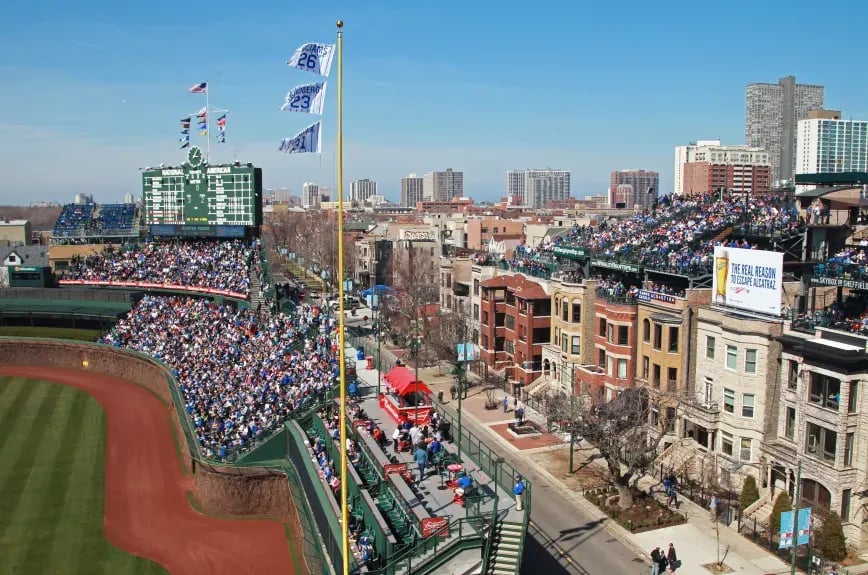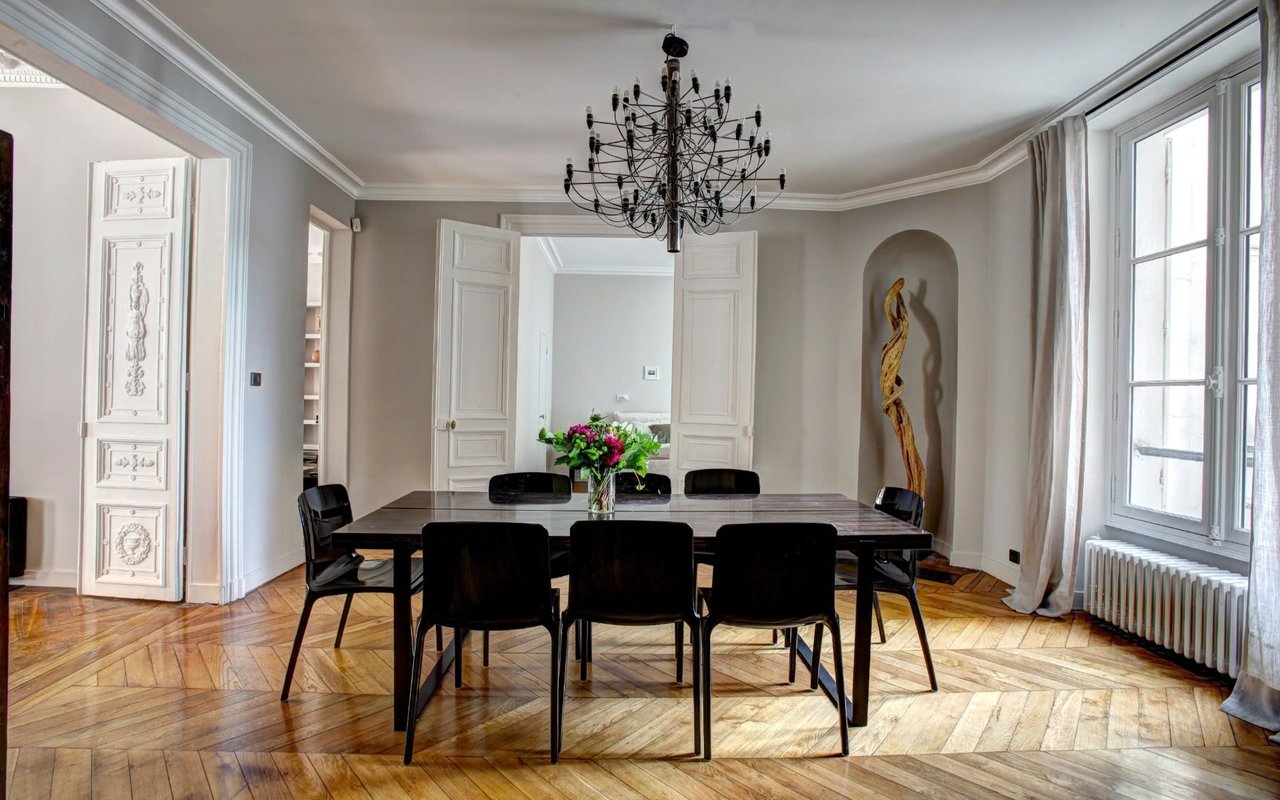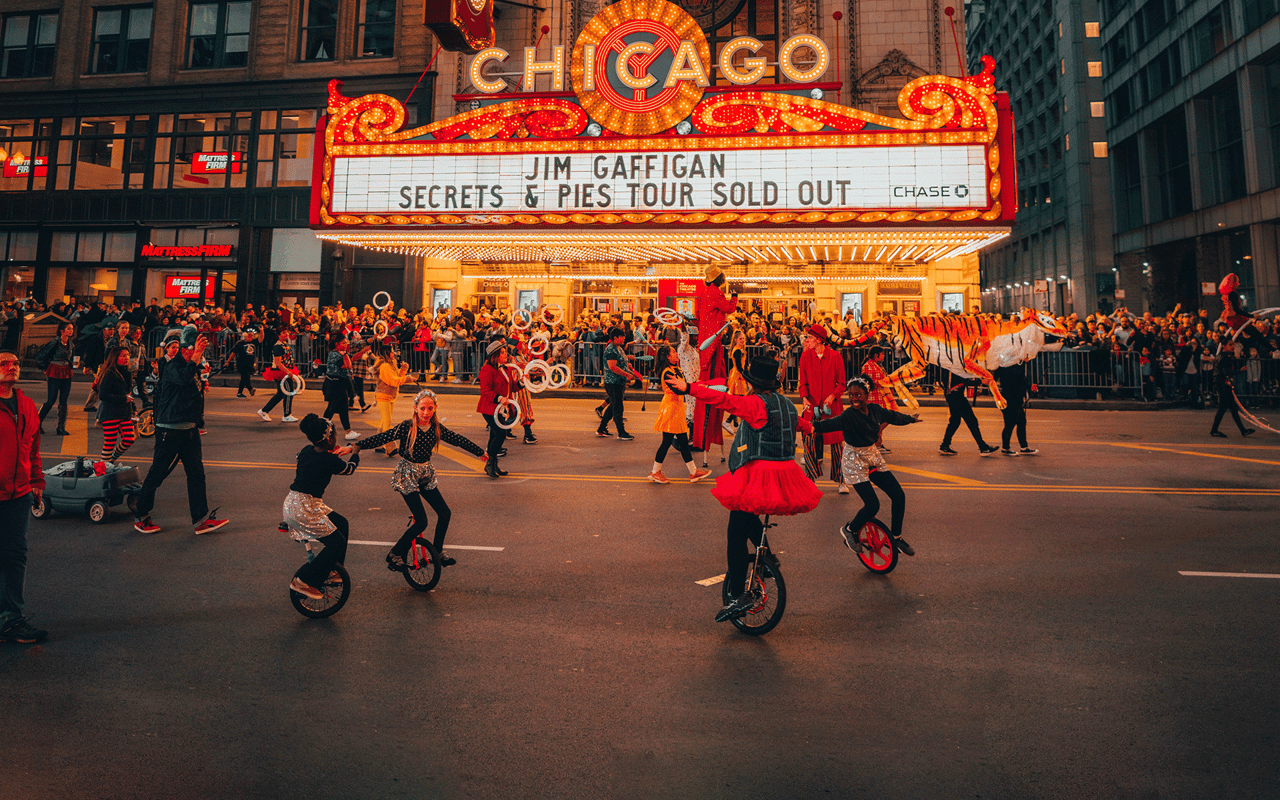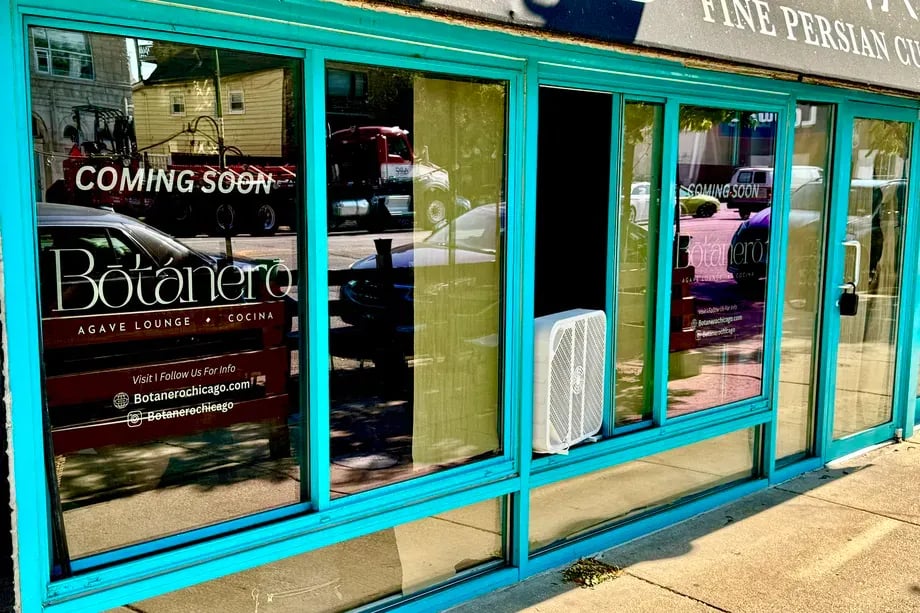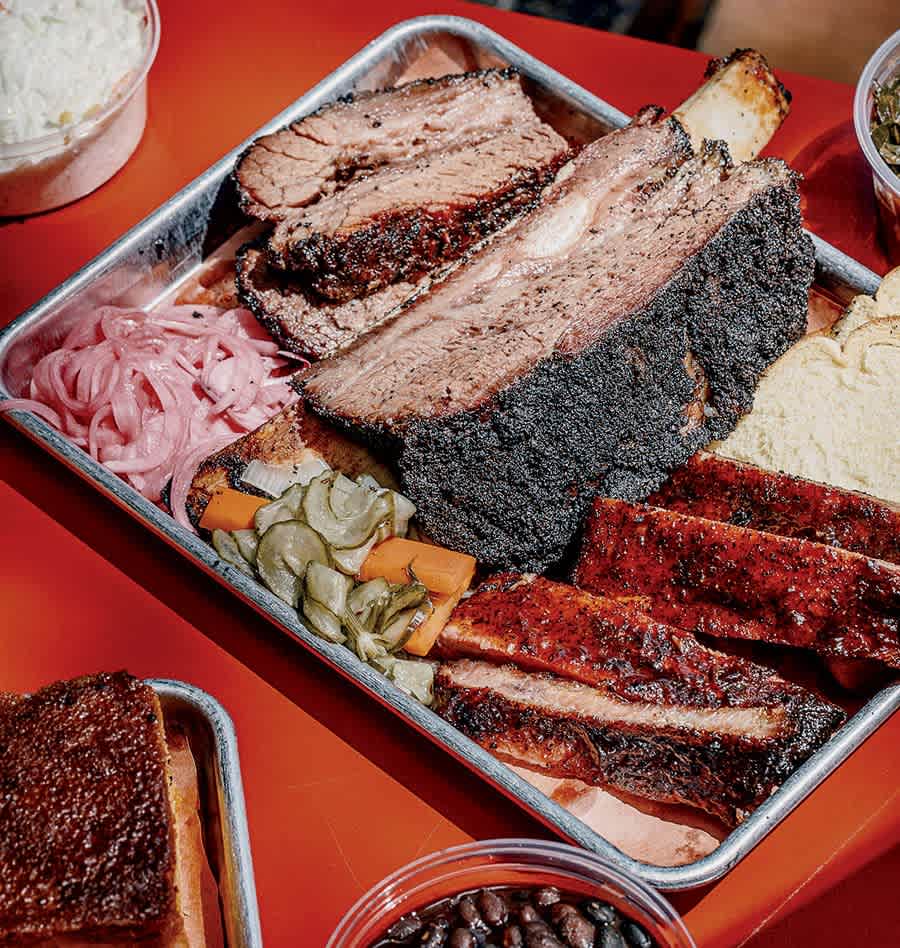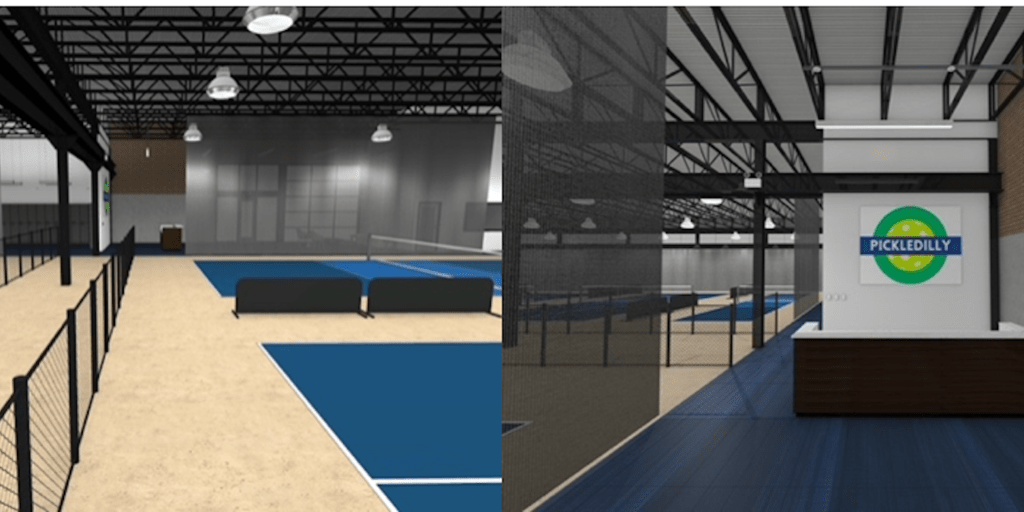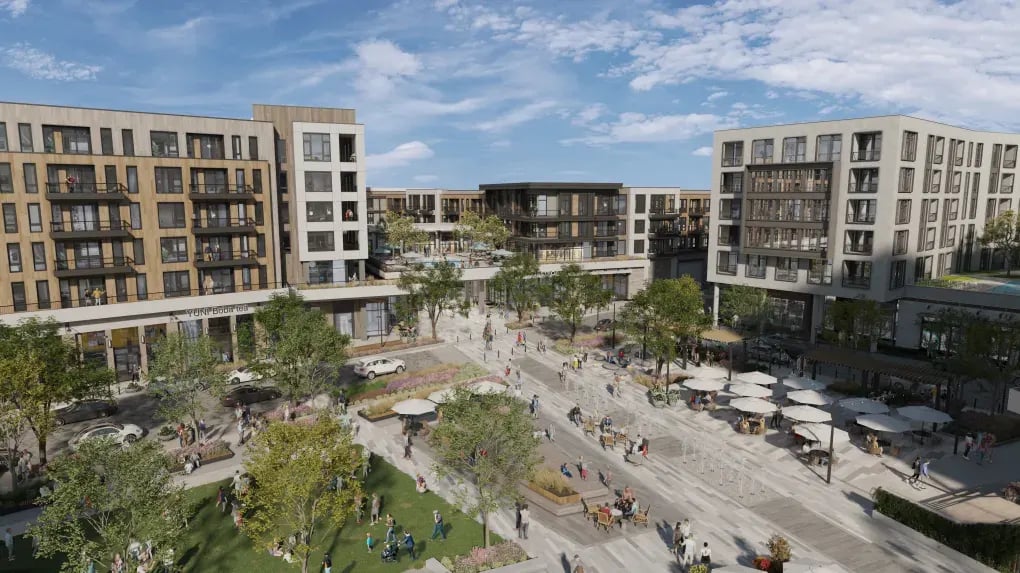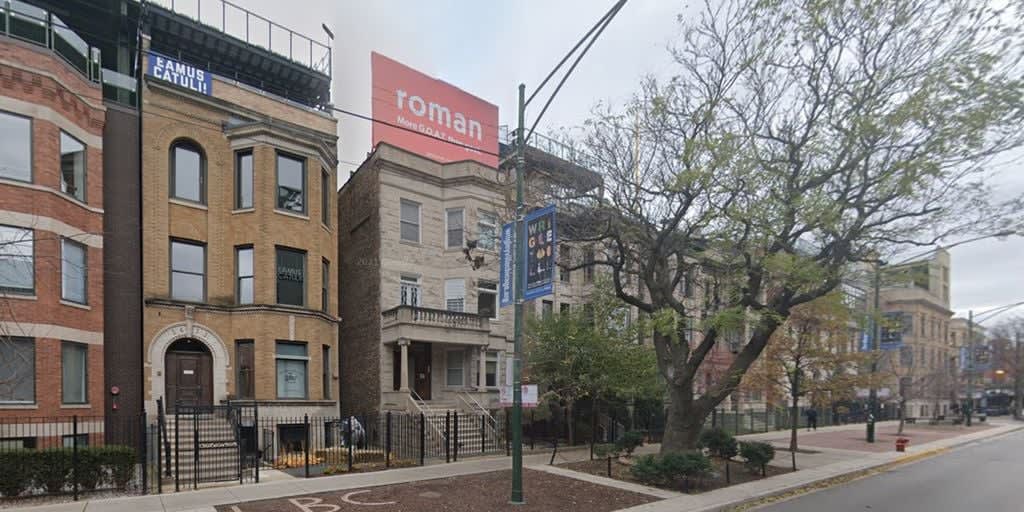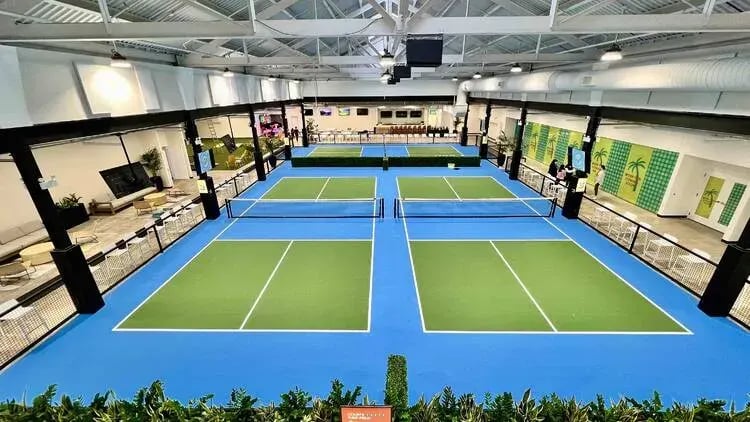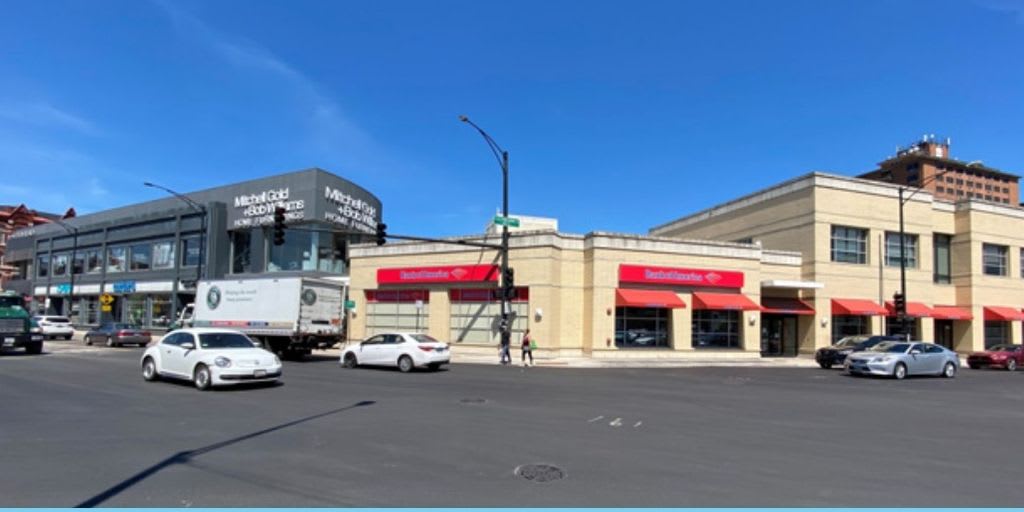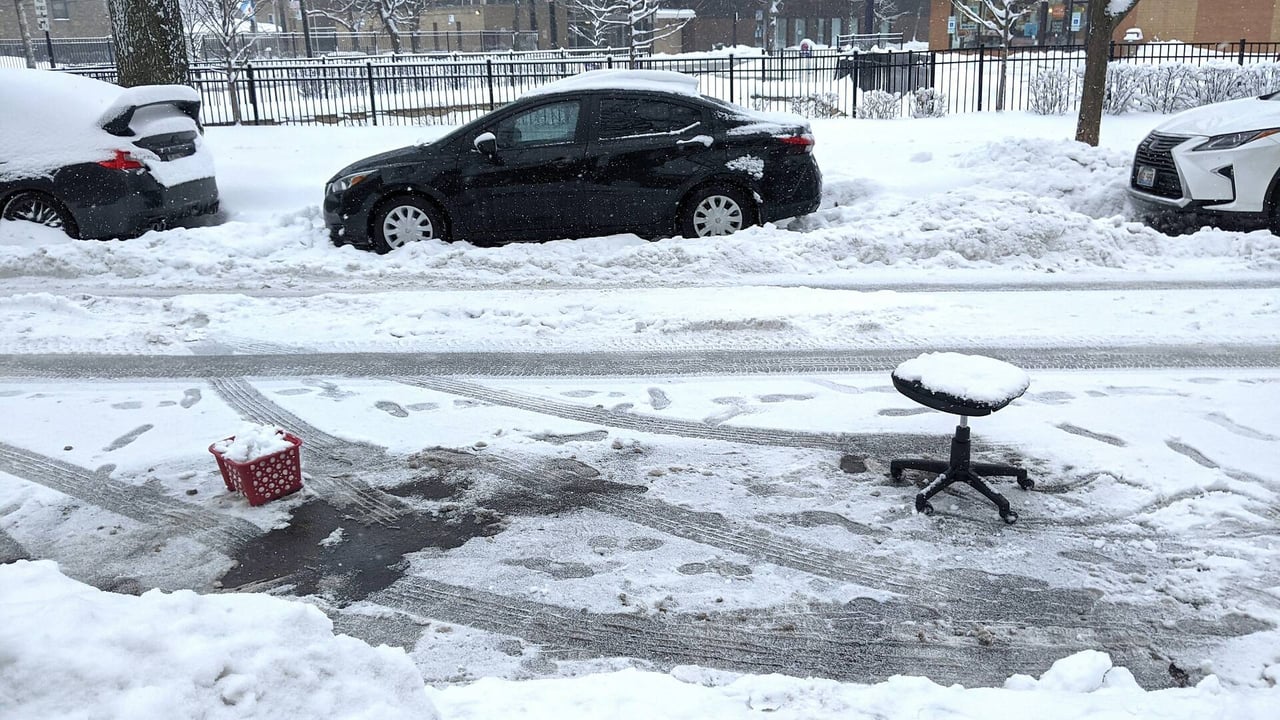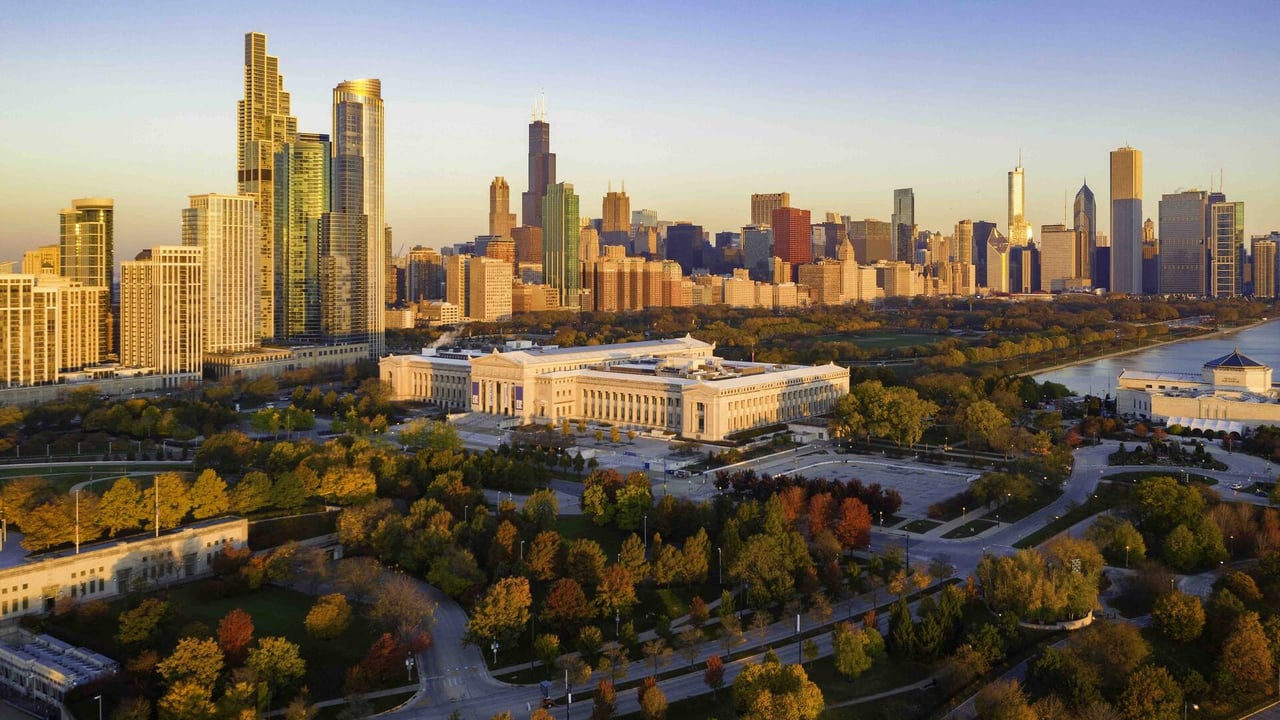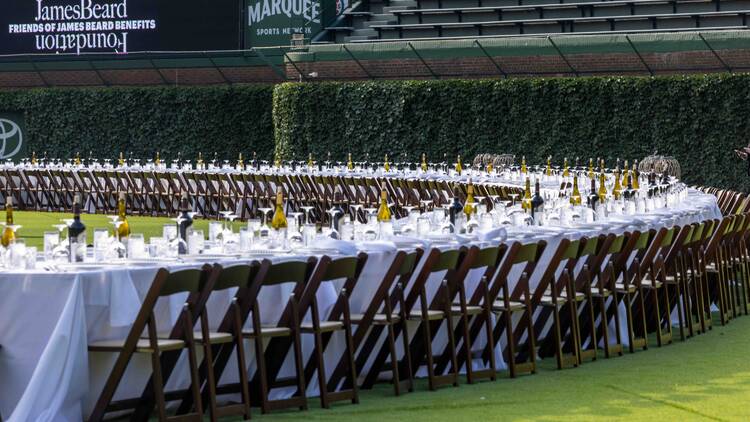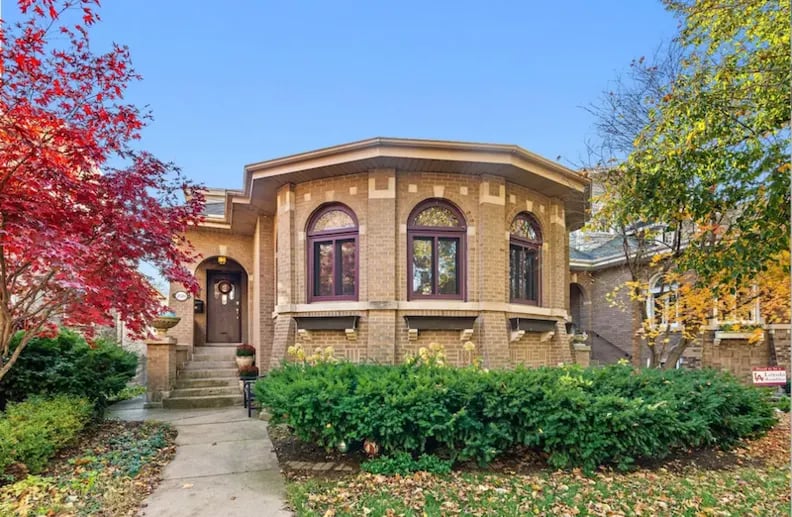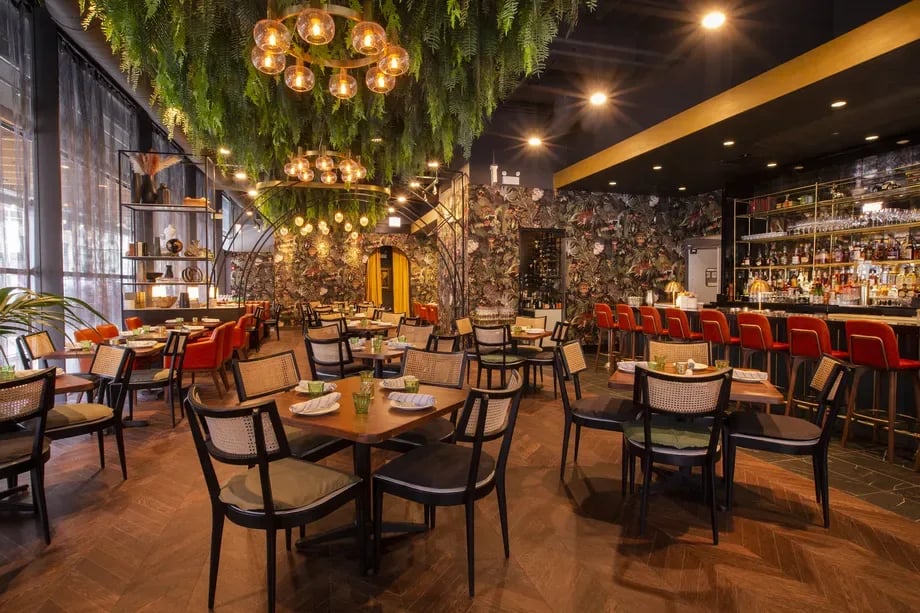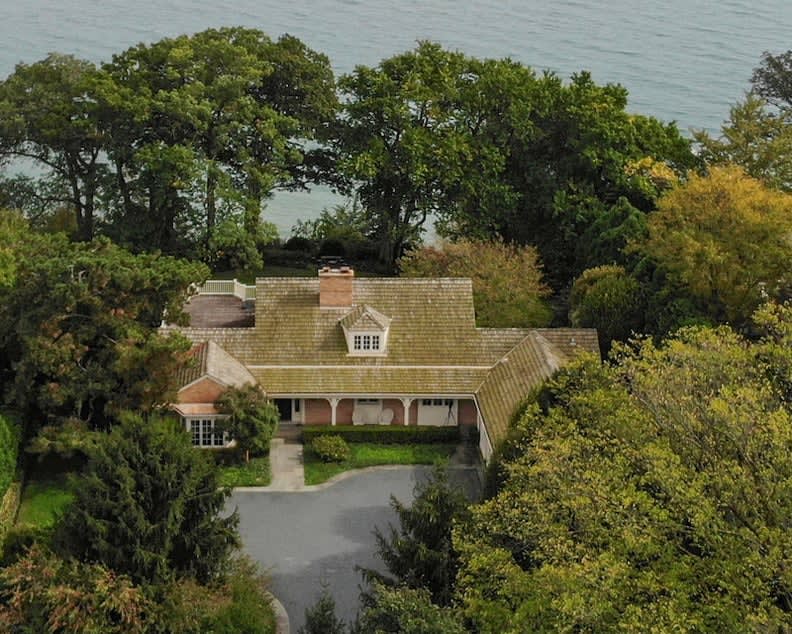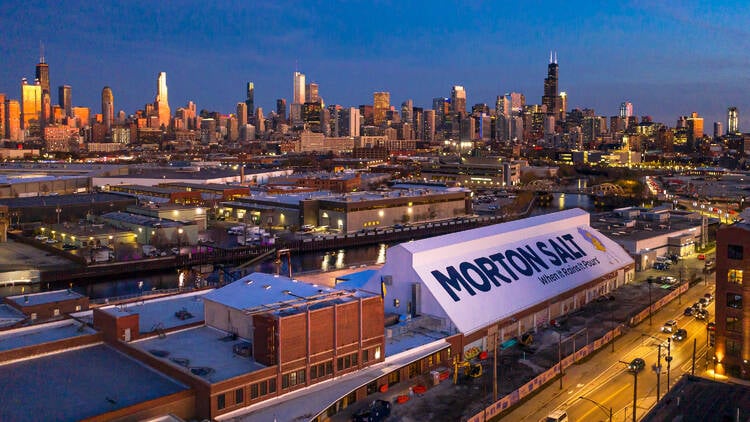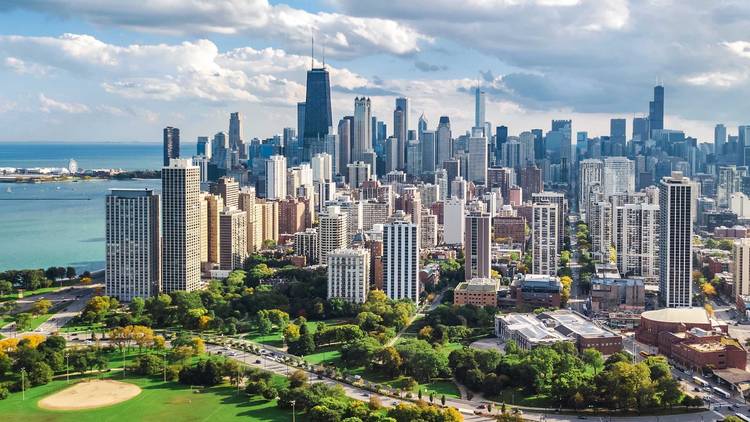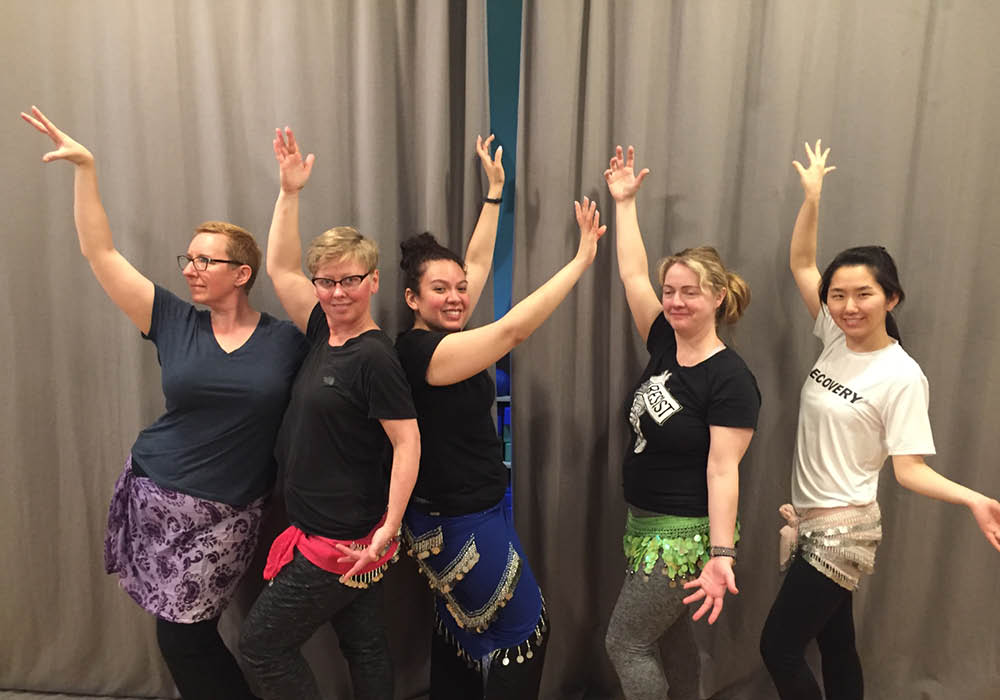A City Hall committee blessed the controversial plan to demolish three vintage buildings next to Wrigley Field, but the head of a neighbors group that is trying to save the trio says the game isn't over until the full City Council considers the plan in July.
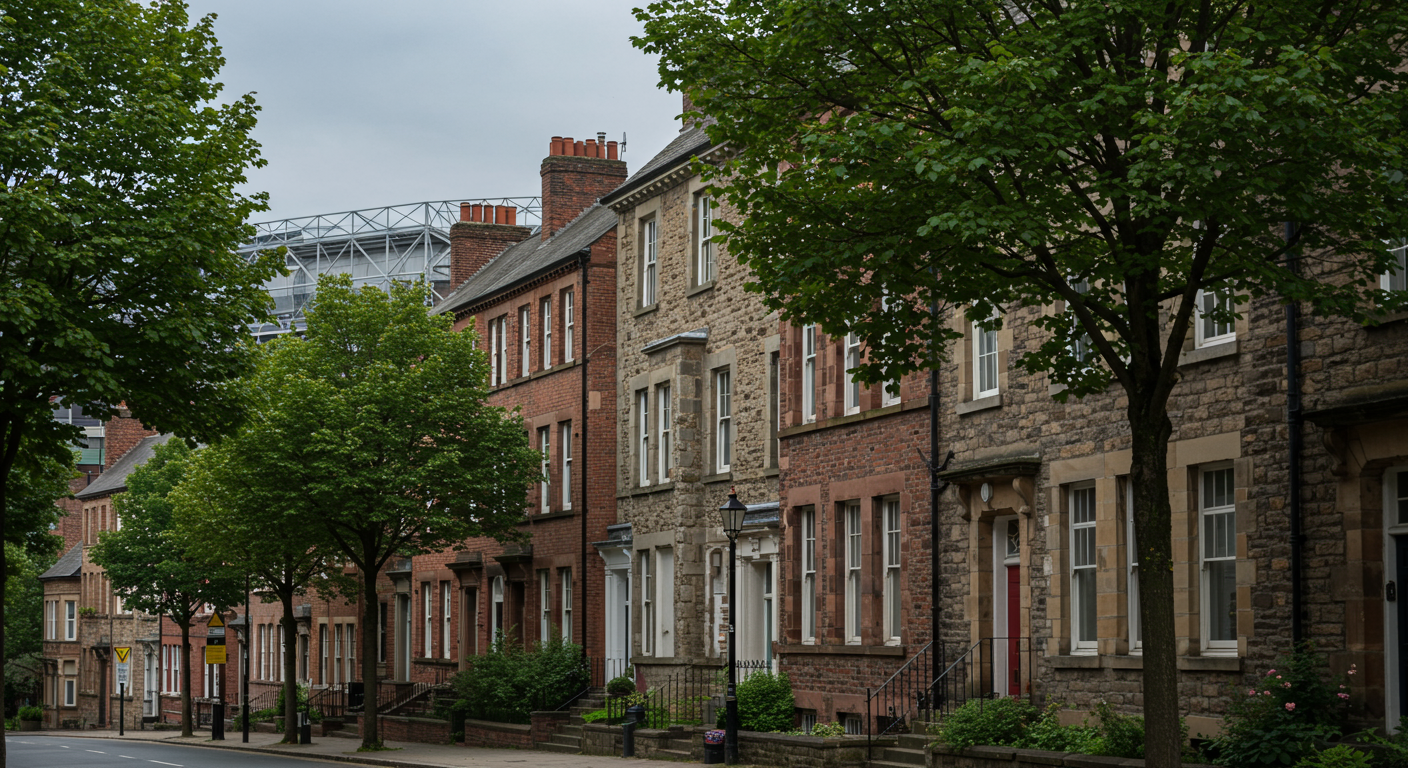
Earlier this month, Sorenson launched a petition calling on city officials to block demolition of the Sheffield buildings. It now has over 2,400 signatures.
Sorenson and others attended the Zoning Committee meeting yesterday to voice their opposition, but the project got approval anyway.
Ald. Bennett Lawson, whose 44th Ward includes the project, said in presenting the project to the committee that the developers had diligently followed the process of getting community feedback while working on the plan.
Ald. Daniel LaSpata, 1st, said the proposed building has "a lot of character" and called it "handsome."
With the committee's endorsement, the proposal now goes to the full City Council at its July 17 meeting.
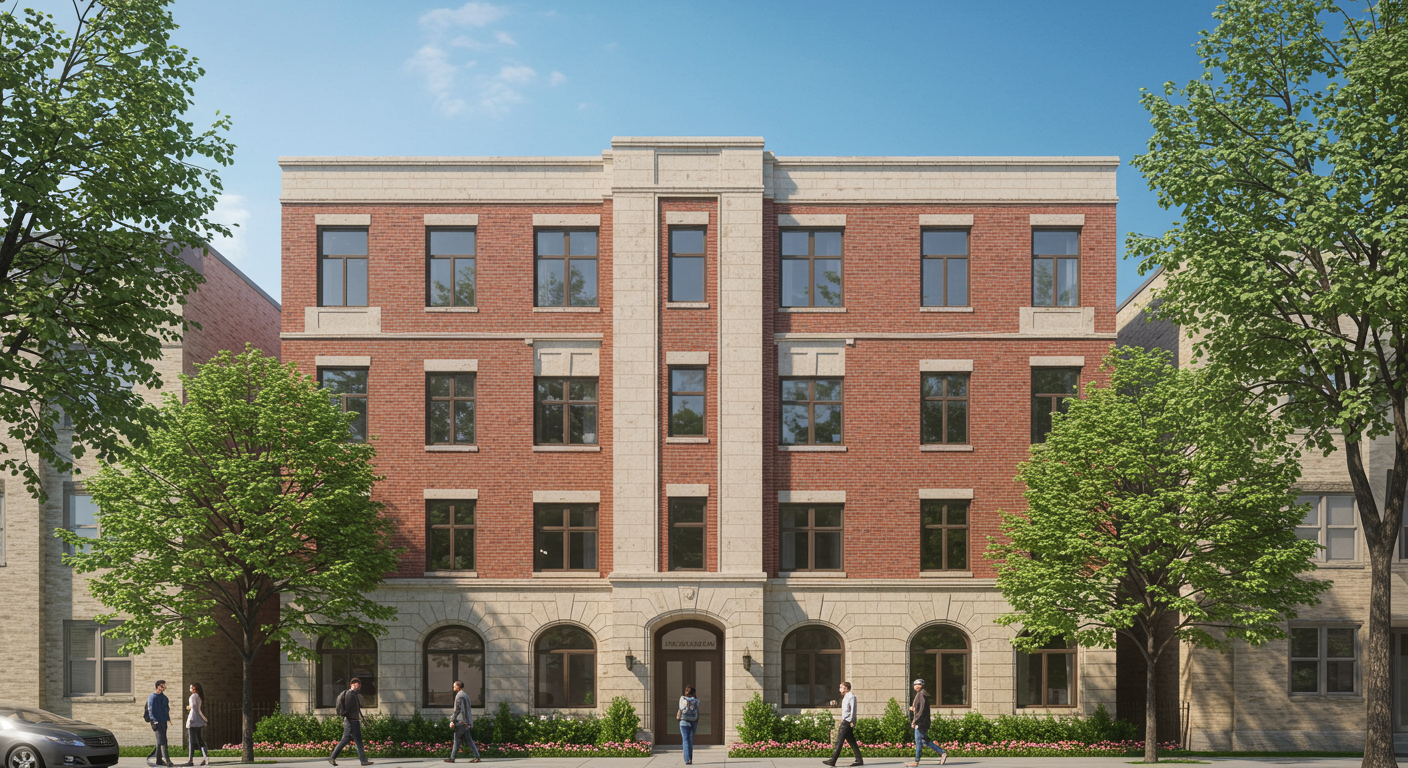
In the meantime, Sorenson said, "we're pursuing ways to convince the City Council that the neighborhood doesn't want this to happen" and exploring alternate plans for the site and for the developers' proposal.
Among them, she said, are seeking the aid of the Ricketts family, who own the Chicago Cubs and about a dozen buildings that neighbor Wrigley Field, about getting them to buy out Anguiano's group and landmark the trio of buildings. They also plan to urge the developers to consider an alternate site, such as land a few blocks south on Sheffield that was vacated by the CTA's reconstruction on the Red Line.
Sorenson has lived on Wilton Avenue about a block from the trio for 18 years.
The three structures — two greystones, a third built of brick and all dating to the late 19th or early 20th century, before Wrigley Field was built — were part of the festive milieu surrounding the ballpark for years. Two sported rooftop bleachers with views into the park, and one had a big billboard on its roof.
The northernmost building, at 3633 N. Sheffield, was the Lakeview Baseball Club, easily recognized on televised Cubs games by its sign that reads "Eamus Catulli," a Latin version of "Let's Go Cubs!"
But in 2015, the Cubs built a giant video scoreboard on the Sheffield side of the park that blocks the view of the game from those buildings, effectively killing their value as game-time venues.
"That intentionally crushed the previously thriving businesses in the buildings," Anguiano said. His group has owned 3627 and 3633 N. Sheffield since about 2012, and in May 2023 acquired the one in between, at 3631 N. Sheffield, for about $3.43 million, according to the Cook County Clerk's Office.
One building has residential renters in it, but the others are vacant, Anguiano said.
Following construction of the view-blocking billboard, Anguiano said, "we considered several options to make the buildings viable again." Renovating all three is not a cost-effective solution, he said.
In the proposal, "we're adding 29 residential units to a desirable neighborhood," Anguiano said. "That looks like the right way to go."
Sorenson said the replacement building will displace four tenants who are paying a combined $2,000 for a four-bedroom apartment. In the new building, she said, a one-bedroom will be $2,000 a month.

A large tree spreads in front of the three buildings. Sorenson and others have said they also worry about the fate of that tree, visibly the oldest on the block and a contributor to "the character of the streetscape," Sorenson said.
Some reports say the tree has a charming history, as it appears in a memorable photo of kids perched in its branches watching a game at the ballpark in July 1932. The photo was reproduced in a mural inside Wrigley.
Anguiano said they've researched the tree, including asking experts at the Chicago Botanic Garden to ascertain whether the tree in front of their buildings is the tree in the historical photo. The garden found that the tree in the picture is an elm, while the tree in front of the buildings is a walnut or some other variety, but "definitely not an elm," Anguiano said.
The tree is not likely to survive construction, in part because its roots may stretch 25 feet in every direction, including not only into the site where a new structure will be built but under the street and into Wrigley Field as well, Anguiano said.
Dennis Rodkin is a senior reporter covering residential real estate for Crain’s Chicago Business. He joined Crain’s in 2014 and has been covering real estate in Chicago since 1991.
